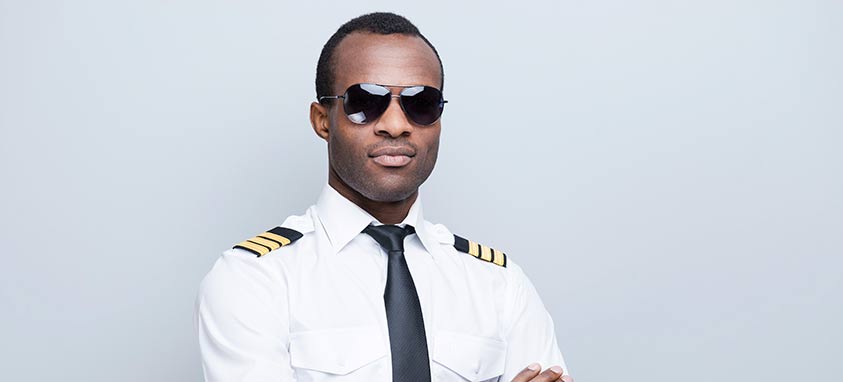Everyone loves to complain about air travel today. Cramped cabins. Added fees for everything. But what if there was no pilot to fly the plane? That’s the scenario the U.S. airline industry is facing—and, according to news reports, it will only worsen in the coming years.
The crisis has already landed at the regional airline level, according to Peter Gall, a former American Airlines pilot and now a professor at West Virginia University. Some regional carriers are already offering signing bonuses and higher pay to avoid schedule cutbacks that could significantly impact air travel—and the competitiveness of group offerings—in so-called second-tier cities.
Gall described the situation to CNN as “a perfect storm that could wreak havoc on the U.S. airline industry over the next decade.”
Over the past 30 years in the United States, the number of pilots has decreased by 30 percent, according to the Federal Aviation Administration. Many of these retirees were ex-Vietnam War pilots who reached mandatory retirement age, which is currently 65.
The Future of Flight
A 2016 Boeing study found that 42 percent of pilots currently flying for the major airlines in the United States will reach the age of 65 in the next 10 years.
Though pilot supply is dwindling, demand is lifting ever upward. The International Air Transport Association predicts it will double by the late 2030s. As a result, nearly 800,000 pilots will be needed—twice the number in the current workforce.
Why aren’t there more young pilots? After the terrorist attacks of Sept. 11, 2001, and during the 2008 financial crisis, the aviation industry suffered and airlines merged. As The Wall Street Journal recently noted, cockpit-crew jobs thinned and salaries shrank.
Gall says the overarching problem is that “the career of the airline pilot has lost its luster.”
More aspiring pilots today must pay for their own flight training, which can cost in the six figures. Previously, almost all pilots were trained in the military, but the increasing use of unmanned aerial vehicles is being blamed for reducing the need for military pilots.
“It became a lot harder to become a pilot,” Seth Kaplan, managing partner at Airline Weekly, told Marketplace. “You need a whole lot more hours of practice time, basically, so that’s more expensive.”
Both airlines and airplane makers are working to address the issue. American Airlines, for instance, announced in April that it had formed American Airlines Cadet Academy to train new pilots, with schools in Phoenix; Pompano Beach, Florida; and Millington, Tennessee. Airplane manufacturers such as Airbus are incorporating technology in new aircraft designs that it says can safely reduce the number of personnel in the cockpit.




